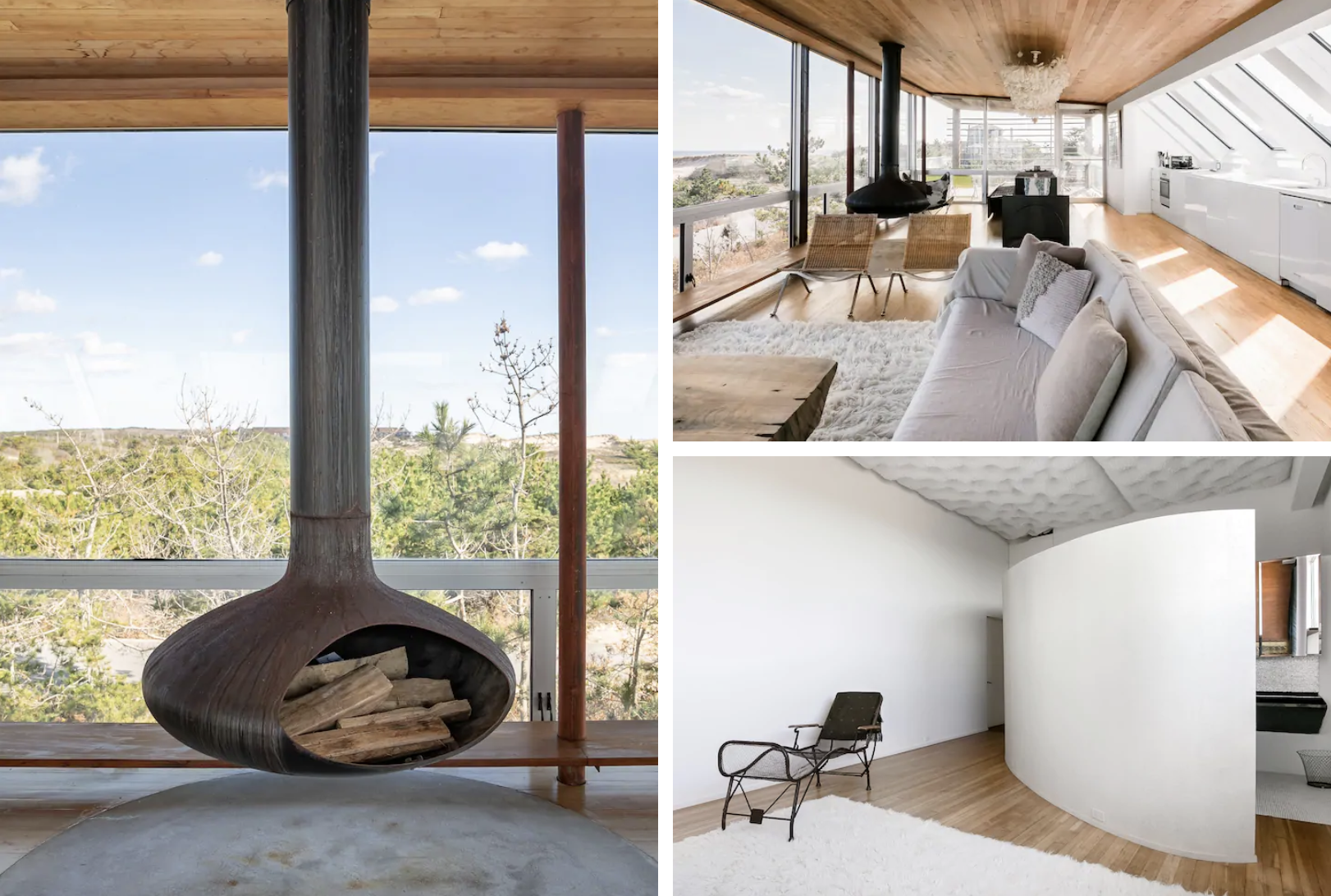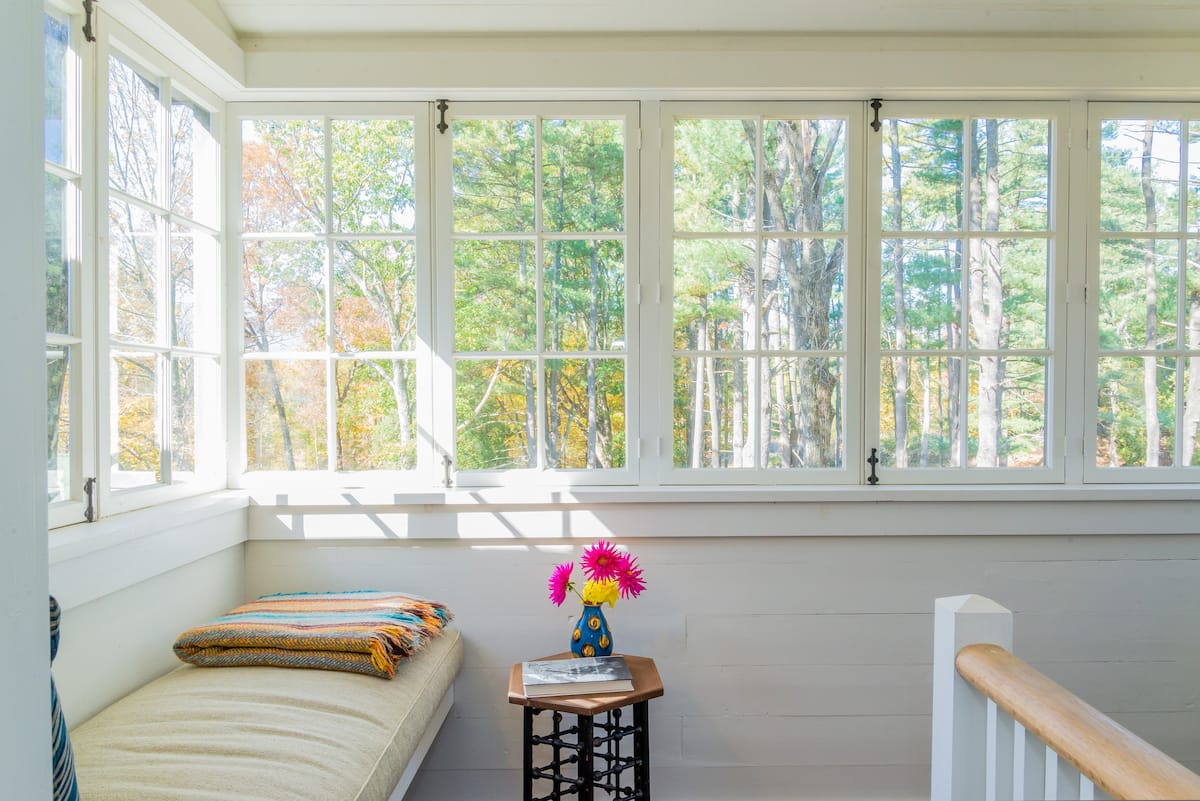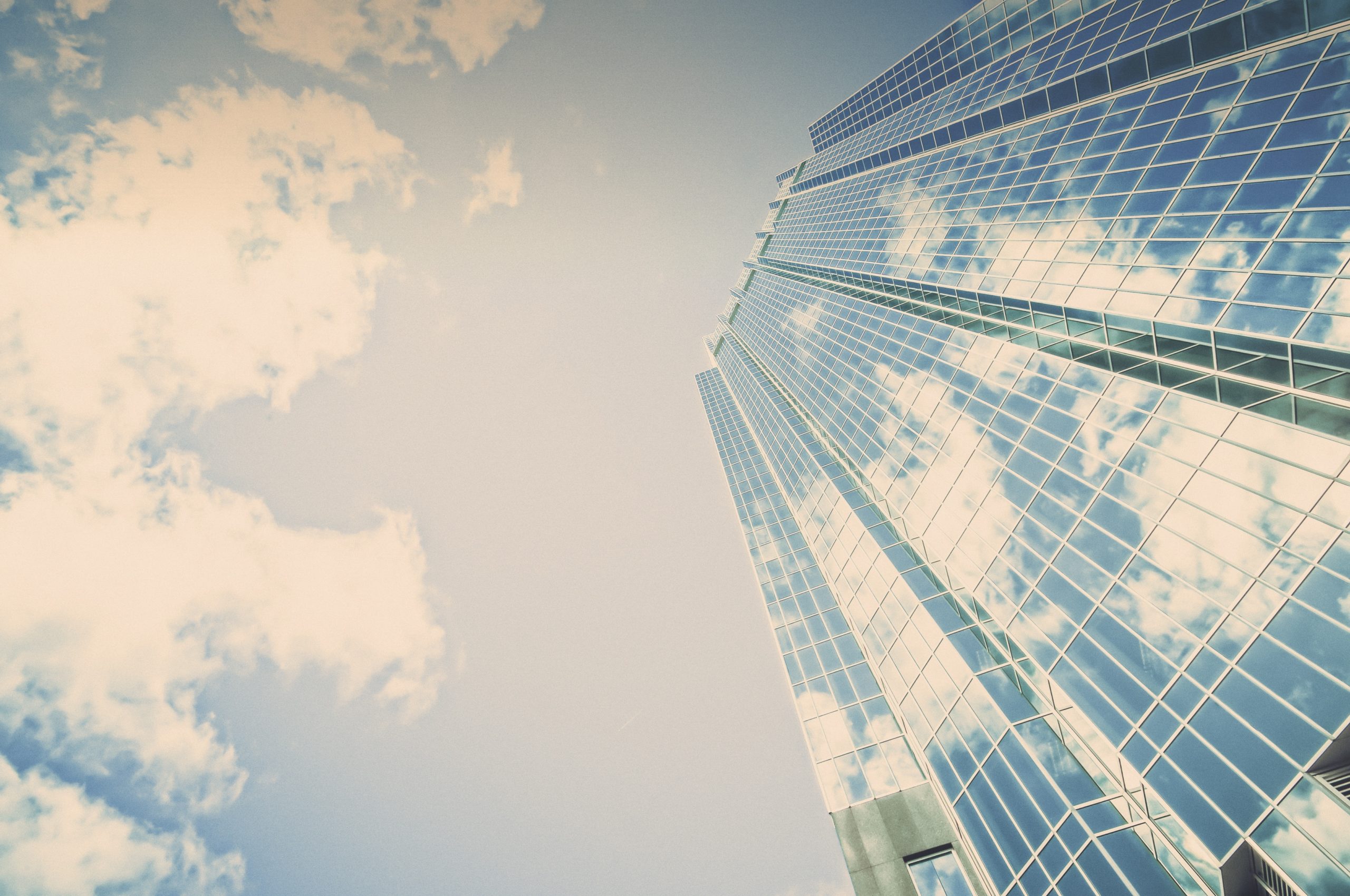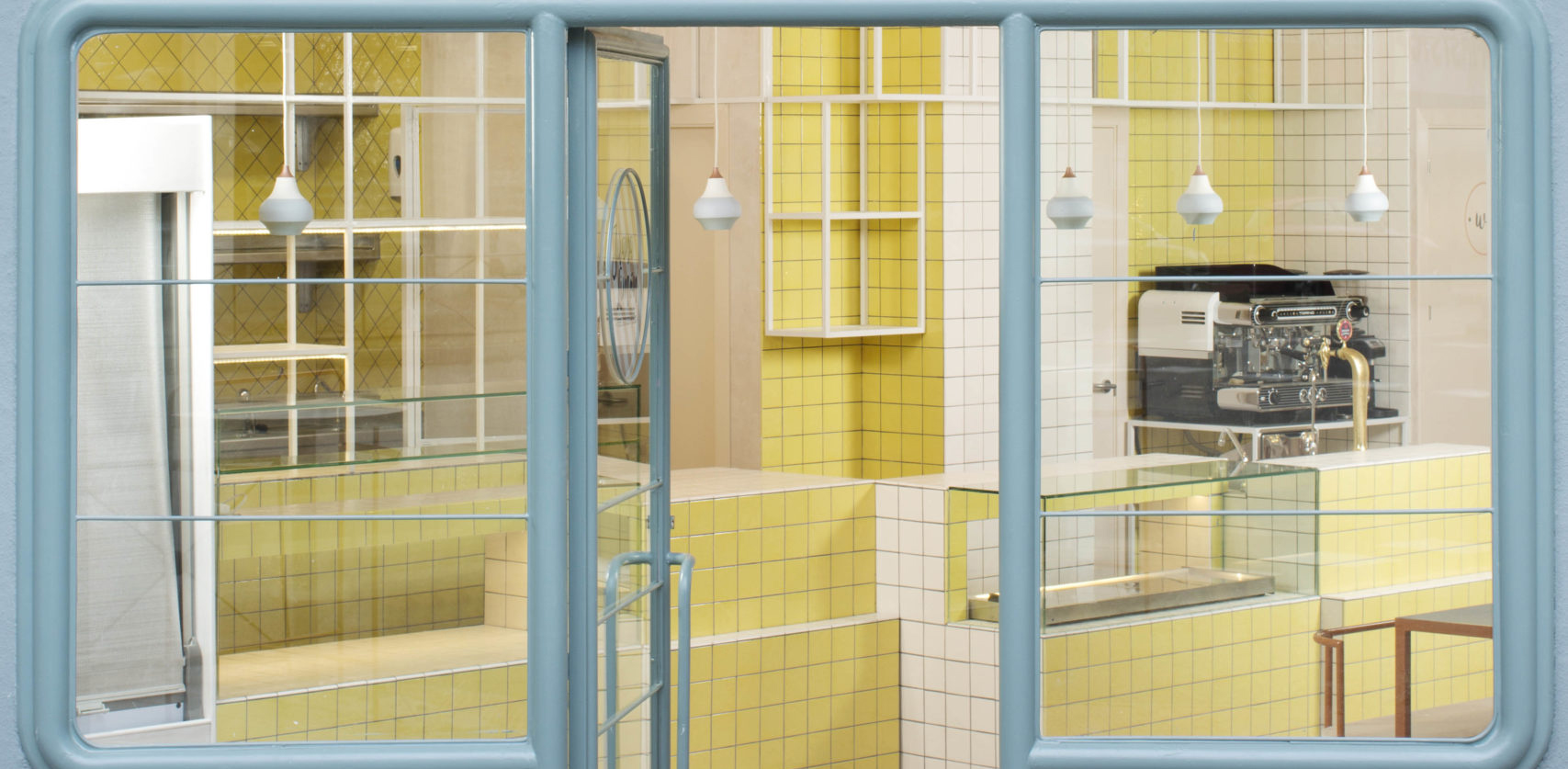Architecture is an art form that everyone experiences on a daily basis, most directly and intimately in our own homes — which forms much of the appeal of staying in other peoples’ homes on Airbnb. Considering that hospitality is an art in itself, architects who host on Airbnb develop a kind of hybrid practice, combining their experience in private residential architecture with an eye for hospitality and attention to detail. From experimenting with a concept or features to renovating a historic building to budgeting for an optimal profit margin, Airbnb offers myriad opportunities for residential architects to harness and expand their practice.
Whether you’re an architect or not, here are some pro tips for designing and building a home that you can host on Airbnb — which, perhaps not coincidentally, also serve as great tips for crafting residential architecture in general.
1. Decide what you want as your own client, and guests will follow.

Modern Architectural Gem; images courtesy David Ling on Airbnb
Distinctive architecture attracts guests who seek and truly appreciate exceptional design. “I think our guests appreciate the personal feel of our Airbnb rentals,” says Architect and Airbnb Host Kevin Lindores of the homes that he and his partner have renovated in upstate New York. “We design the same way we would for a client except in this case we’re the client. They aren’t homes for our guests but places we hope they will find interesting to visit.”
Architect and Airbnb Host David Ling, on the other hand, originally designed the Modern Architectural Gem in Amagansett, NY, for himself and his “specific needs, wants and dreams” — namely, “a panoramic view of the ocean and bay; minimal land to maintain (and pay taxes on); a large master bedroom suite; and the ability to accommodate guests.” When he later decided to host his house on Airbnb, he realized that while guests typically share his interest in “design, the location, and the views,” they also value “certain amenities, accessories and features such as the reliability of the appliances, durability of the furniture and linens, etc.”
Echoing this philosophy when it comes to his practice dtls.Architecture, architect and Airbnb Host Mark Bearak agrees that “every person is unique and their home should reflect that.” However, when it came to designing an upstate getaway for himself and his family, he took the liberty to experiment with the concept of a “case study” housing model called Open Source, created specifically to test creative ideas and act as a precedent for future architecture. “Most case study homes were not designed with a specific client in mind, so we created Open Source: designed not with a specific client in mind, but it is meant for everyone to enjoy.”
2. Always remember that “a house is a machine for living in.”

Corey’s Guesthouse; image courtesy Corey Reinaker on Airbnb
Le Corbusier certainly wasn’t thinking about hosting an Airbnb when he wrote Towards an Architecture nearly a century ago, but his aphorism holds true when it comes to durability, maintenance and general upkeep. As architect and Airbnb Host Corey Reinaker advises, “it’s important to think about both how the space functions and how someone lives in the building — when designing for an owner-occupied space, the ‘how’ of using the space can be secondary to other concerns; when designing for a guest, the ‘how’ needs to be explicit.”
Emphasizing that “durability and cleanability are key,” Reinaker took a two-pronged approach to the issue for his guesthouse in Plano, TX: “Where possible we invest in long-lasting, highly durable products, or products that solve a unique problem. Examples would be the washer and dryer unit and the wall-mounted toilet.” Conversely, the kitchen cabinets and bath vanity from IKEA are “reasonably durable, but expected to take some abuse, so there’s no sense spending top dollar for something that will wear out regardless in due course.” (Reinaker also offers some practical tips: “Satin finish paint is a good idea for any walls that are within arms’ reach and a Magic Eraser should be kept on hand for cleaning off scuffs and handprints.”)
Ling concurs that “in adjusting for a variety of guests, I’ve maintained the aesthetic intent but have paid particular attention to durability, robustness and performance.” Like Reinaker, he also decided to invest in a number of products — which had an unexpected upshot to his own benefit: “I upgraded all the appliances, heating and air-conditioning so that the guests could enjoy a visit with minimal interruptions for service and maintenance. The investment has paid off in terms of the reviews and consequently the bookings. In addition, I have learned to appreciate the investment, which I would otherwise not have indulged in for myself.”
3. The whole is more than the sum of its parts — so make every detail count.

The Wave Lambertville; images courtesy John Thompson on Airbnb
Beyond the big-ticket items, Ling also advises Hosts to pay special attention to “soft goods, toiletries, table top items and accessories.” Again, it’s a matter of striking a balance: “They need to look good and align with the aesthetic intent, but they also need to have longevity, comfort and convenience.” It is through these design details that he is able to “create his own world.”
This also goes for renovating an existing building — sometimes all the more so. Architect and Airbnb Host John Thompson acknowledges that the Wave Lambertville is unlike any project he’s ever undertaken, “with its distinctive roof form and challenges of minimally insulated envelope.”
His ongoing renovation of the mid-century home, which takes its name from its striking undulating roof, initially included “replacing of kitchen countertops, sink and faucet; new bathroom lighting, vanities and faucets; new lighting in bedrooms and circulation.”
Alongside these updates to “make the property suitable for guests,” Thompson stayed true to the mid-century heritage of the house through the decor. “The aesthetics of this particular project, dating from 1960, was a major driver in choice of furnishings, textiles and colors. We chose to ‘brand’ each of the three bedrooms with brightly colored door paints and textiles that were reminiscent of those used in the 60’s.”
4. Let the design be a medium for connecting with others.

Window seat at Clum House; image courtesy Kevin Lindores on Airbnb
Of course, given its history as the home that architect Jules Gregory built for himself, it isn’t surprising that the Wave “has appealed to many design professionals, interior designers and architects, who connect with the building and the decor.” For those of us who don’t happen to have a well-preserved mid-century home to host, Lindores has a simple tip for a crowd-pleasing design feature: “The window seat is the feature that gets the most comments from our guests. People love lounging in them.”
Indeed, it is precisely the close interaction with guests that many architects appreciate about hosting on Airbnb. Bearak, for his part, has “connected with other fans of modernism,” while Ling notes that “Airbnb is large and diverse enough to provide an audience to architects who are aesthetically true to their vision.”
“Most of the time as an architect, we may not spend much time working with the ultimate end users of our projects,” says Reinaker. “As a host, the main task is to serve those end users.”
Now that you have some insights into what makes architects so well-suited to hosting their own properties, head over to Airbnb to learn more!




